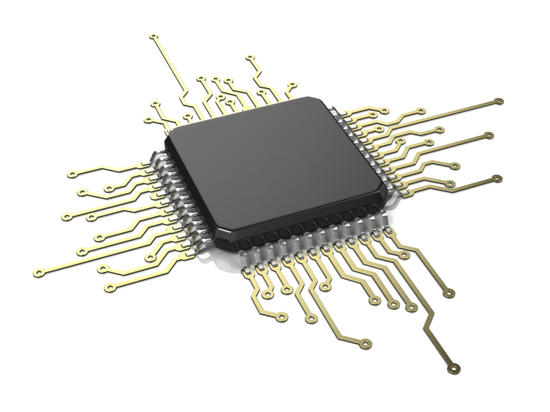This article first appeared on GuruFocus.
Huawei is doubling down on artificial intelligence hardware with a production ramp that could reshape its role in the global semiconductor race. The company is preparing to deliver roughly 600,000 units of its flagship Ascend 910C chip in 2026, about twice this year’s level, and lift overall output across its Ascend family to as many as 1.6 million dies. People familiar with the matter said this target includes existing inventory and expected yields, signaling progress with manufacturing partner SMIC in easing bottlenecks that have long held back supply. For investors, the potential impact is clear: while Nvidia (NASDAQ:NVDA) remains ahead in chip performance, Huawei could be positioning itself as China’s most credible alternative supplier in a restricted domestic market.
Management has also laid out a longer campaign to erode Nvidia’s dominance. In September, rotating chairman Eric Xu publicly introduced the next generation of Ascend products, including the 950, 960, and 970, set to roll out through 2028. Near term, the company is preparing a successor to the 910C, labeled internally as the 910D, that could debut in late 2026 with an ambitious four-die packaging design. Analysts note that even with these advances, Huawei’s Ascend 950 is estimated to deliver only a fraction of the computing power of Nvidia’s upcoming VR200 GPU. For now, Huawei’s chips are mainly used for inferencing tasks at Chinese cloud leaders like Alibaba and Tencent, while training of large models remains dominated by foreign hardware.
Still, Huawei is betting scale and system-level integration can close part of the gap. The company’s current processors already combine two dies into one chipset, and its new UnifiedBus interconnect technology allows as many as 15,488 chips to be linked together. Industry observers suggest that these strategies could give Huawei the throughput needed to compete, even if per-chip performance lags. The outlook underscores a broader divergence in global chip supply: Nvidia’s Blackwell GPUs, built on advanced 4nm technology, are sold out in the West, while Huawei is pushing forward with enhanced 7nm products for a captive Chinese base. For investors tracking semiconductor shifts, the next two years could be decisive in showing whether Huawei’s volume-driven approach turns into a meaningful counterweight in AI hardware.
